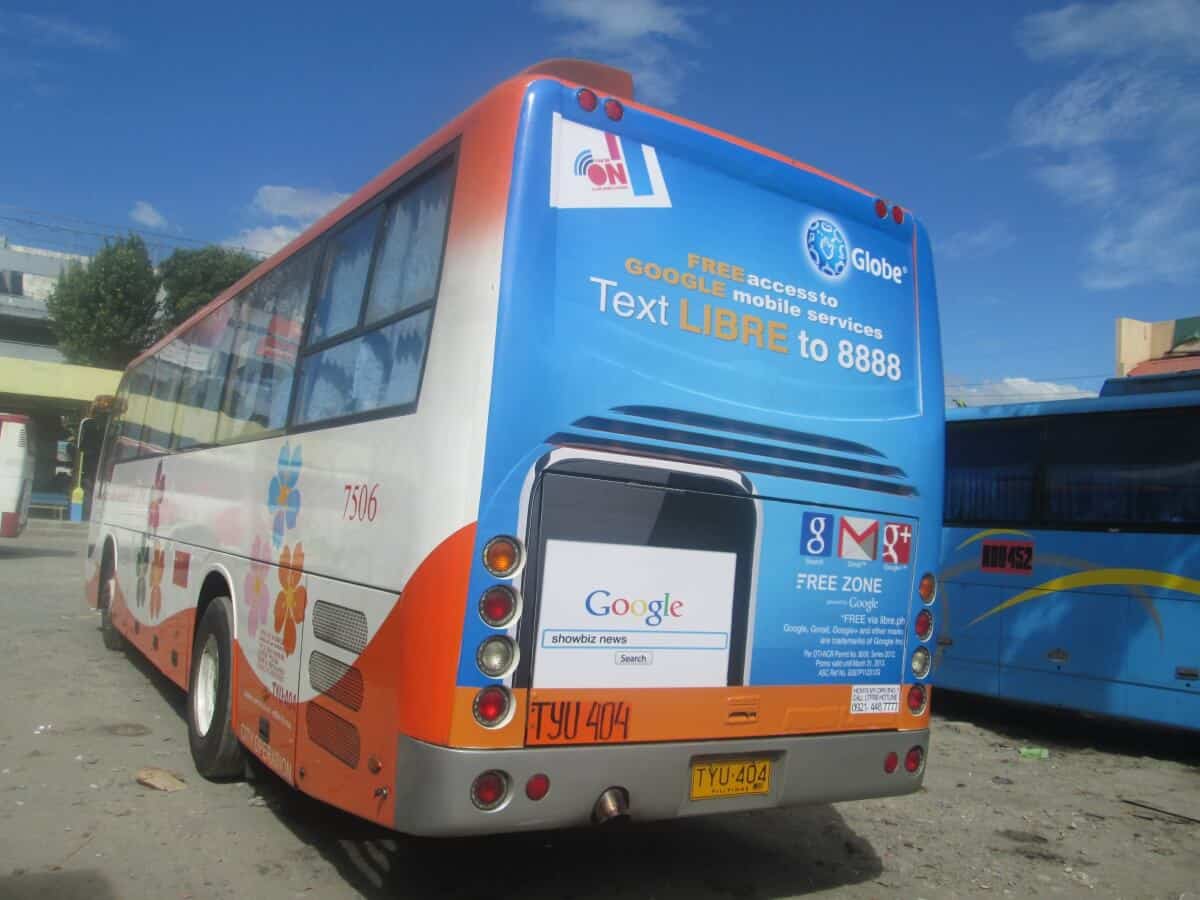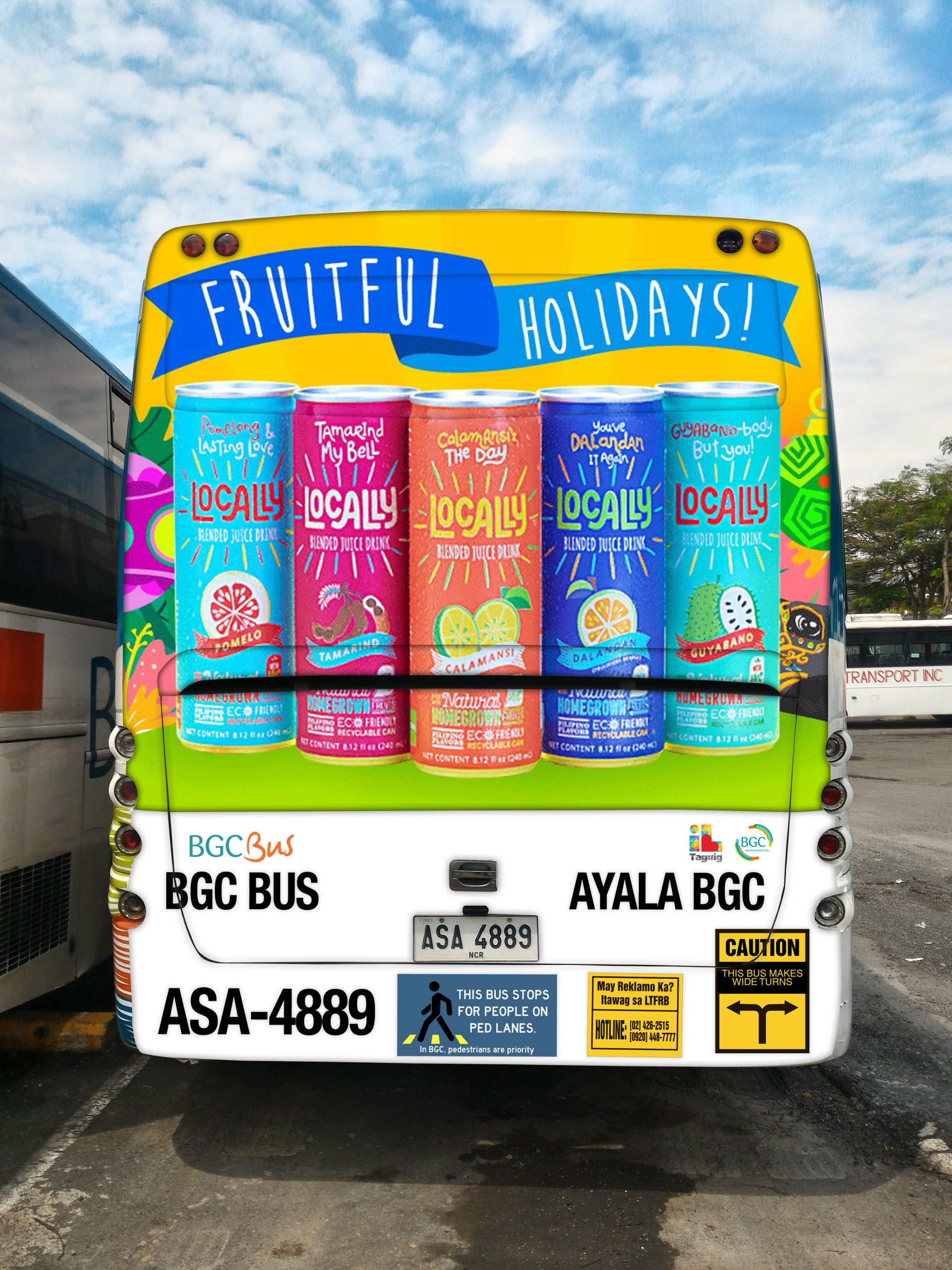A Detailed Exam of the Strategies and Strategies for Successful Transit Advertising And Marketing Campaigns
Transit advertising projects offer an one-of-a-kind chance for brand names to engage with varied target markets in vibrant settings. As we explore these vital components, it ends up being clear that the path to an impactful transit advertising strategy is both satisfying and detailed, elevating the inquiry of just how best to browse these complexities for maximum brand presence.
Understanding Target Demographics
Recognizing target demographics is crucial for the success of transportation ad campaign (Transit Advertising Philippines). Recognizing certain audience segments enables advertisers to customize their messages efficiently, making sure that the material reverberates with the desired visitors. This technique boosts involvement and makes best use of return on investment
To properly analyze target demographics, online marketers have to take into consideration numerous essential elements, consisting of age, earnings occupation, degree, and way of life preferences. For circumstances, a project targeted at young professionals may concentrate on convenience and modernity, while one targeting families could highlight safety and security and dependability. Moreover, geographical aspects such as country versus urban settings can substantially affect customer actions and choices.
Information collection approaches such as studies, focus groups, and social media analytics supply useful insights into demographic trends and consumer routines. By leveraging this details, advertisers can craft engaging stories that align with the worths and needs of their target audience.
Ultimately, understanding target demographics not just notifies the tactical direction of transit marketing campaign but also guarantees that resources are assigned efficiently. This targeted technique enhances the possibility of achieving campaign objectives, cultivating brand name loyalty, and driving conversions.
Creative Design Methods
Reliable interaction with target demographics counts heavily on cutting-edge imaginative design strategies in transportation advertising and marketing projects. To efficiently catch interest in a jampacked aesthetic setting, designers must focus on clarity and visual impact. Using strong colors and high-contrast elements can boost visibility, ensuring that messages are quickly readable from a range.
Incorporating dynamic images that resonates with the target audience is important. Aesthetic storytelling techniques can stimulate emotions and produce unforgettable organizations with the brand. Additionally, critical use typography aids communicate essential information promptly; legible fonts and ideal sizes better improve readability.
Incorporating interactive elements, such as QR codes or enhanced fact features, can involve commuters beyond passive monitoring (Transit Advertising Philippines). These strategies not only promote user communication but also connect the gap between conventional marketing and electronic involvement
Additionally, using room creatively-- whether on bus covers, transit shelters, or metro advertisements-- can result in cutting-edge formats that break the mold and mildew of traditional advertising. By accepting imaginative creative thinking while maintaining brand name uniformity, projects can foster a solid link with their audience, eventually driving both recognition and activity. The combination of these style techniques is paramount for achieving effective transportation marketing end results.
Strategic Positioning Methods
Making the most of the influence of transit advertising hinges on critical positioning approaches that make sure optimum visibility and interaction. Reliable placement entails evaluating high-traffic locations and comprehending passenger demographics to recognize the most advantageous areas for advertisement screens. For example, placing advertisements near entryways and departures of transit automobiles can record the attention of boarding and alighting guests, hence improving direct exposure.
Moreover, making use of both exterior and interior surface areas of transportation vehicles can significantly expand reach. Outside advertisements, visible during commutes, involve pedestrians and other chauffeurs, while indoor advertisements target guests in a restricted environment. Furthermore, placing advertisements en route centers, such as bus terminals or train stations, permits increased perceptions as travelers transition in between various modes of transportation.
Timing is additionally critical; aligning the campaign launch with peak travel periods makes the most of target market interaction - Transit Advertising Philippines. Additionally, leveraging digital displays in transportation settings can assist in dynamic material, providing real-time updates and boosting user communication. By using these tactical positioning techniques, marketing experts can make certain that their transit ad campaign achieve maximum exposure, reverberate with the target audience, and inevitably drive preferred results

Measuring Project Performance
To analyze the success of transportation marketing campaign, it is vital to use a selection of measurement methods that give insights right into audience interaction and overall effectiveness. One primary method is the use of key efficiency indications (KPIs), such as reach, impacts, and involvement prices, which measure the amount of individuals checked out see here the ad and engaged with it.
Surveys and focus groups can likewise contribute in determining consumer perceptions and recall, permitting marketing experts to comprehend the influence of their messaging. In addition, tracking website traffic and social media interaction during and after the campaign aids gauge straight responses to the marketing.
An additional reliable method is utilizing location-based analytics, which can offer information walking website traffic around specific transportation places, supplying insights right into whether the campaign efficiently recorded the attention of commuters. Additionally, assessing sales information can reveal correlations between description transportation marketing and raised profits, giving concrete evidence of a project's efficiency.
Study of Success
Understanding the performance of transit marketing projects through measurement strategies lays the groundwork for taking a look at real-world instances that illustrate successful end results. One noteworthy study entails a national beverage brand name that used bus wraps in metropolitan areas. The campaign intended to increase brand name exposure and sales throughout the summer season. By employing geo-targeted digital ads and analytics, the brand name gauged a 30% increase in sales in regions where the wraps were prominently displayed, showing the direct influence of transportation advertising and marketing.
One more compelling instance comes from a regional nonprofit organization that released a campaign on metro platforms to promote an area occasion. The usage of direct involvement via technology amplified the campaign's reach and performance.

Final Thought
In summary, effective transit advertising and marketing campaigns require an extensive method that integrates an understanding of target demographics, innovative layout methods, and strategic placement. Collectively, these approaches foster brand name existence and make the most of the return on financial investment in transit marketing efforts.
Comprehending target demographics is essential for the success of transit advertising campaigns.Reliable interaction with target demographics relies heavily on cutting-edge imaginative design methods in transportation advertising and marketing advice projects. By using these critical positioning approaches, marketers can make sure that their transit marketing projects achieve optimal presence, resonate with the target audience, and eventually drive preferred results.
Understanding the effectiveness of transportation advertising and marketing campaigns via measurement methods lays the groundwork for examining real-world instances that illustrate effective end results.In recap, effective transit marketing projects require a detailed approach that integrates an understanding of target demographics, cutting-edge design strategies, and critical placement.